south indian goddess published in "rustic goddesses of deep India" Julien Hureau on the cover and p60 provenance: ex collection J.P. Girolami She would be a protector of children against diseases, would ensure the smooth running of the birth, would protect them from evil spirits The great texts of Indian culture have incorporated many mythical aspects into village beliefs the statue is coated in red symbol of femininity, the fertility of the earth and related to fertility. (Julien Hureau) quotes the anthropologist Robert Briffault who indicates that during their menstruation women coat themselves with red to increase their fertility The figure carries reclining children who make the Namaste gesture. the fact that she is accompanied by several children does not mean that she carried them in her womb "it is the symbol of the goddess of fertility which leads to the conception of the mother goddess as protector of children" In a country where many children are swept away by epidemics, its presence is justified She needs to be appeased because her dual nature can also cause diseases and she was considered malevolent then. The statue has a smile (a half-moon line), its round shapes and its red tint suggest that it is a figure from southern India.


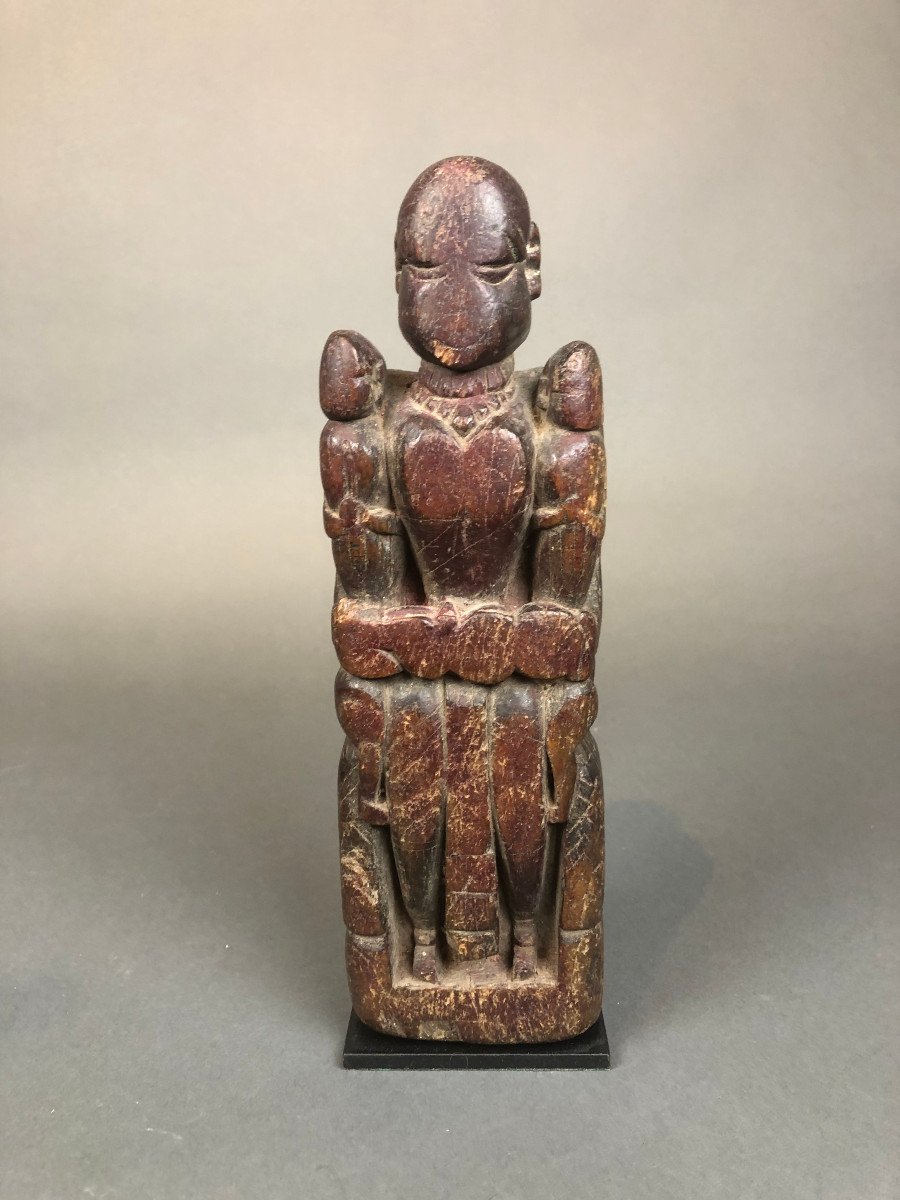
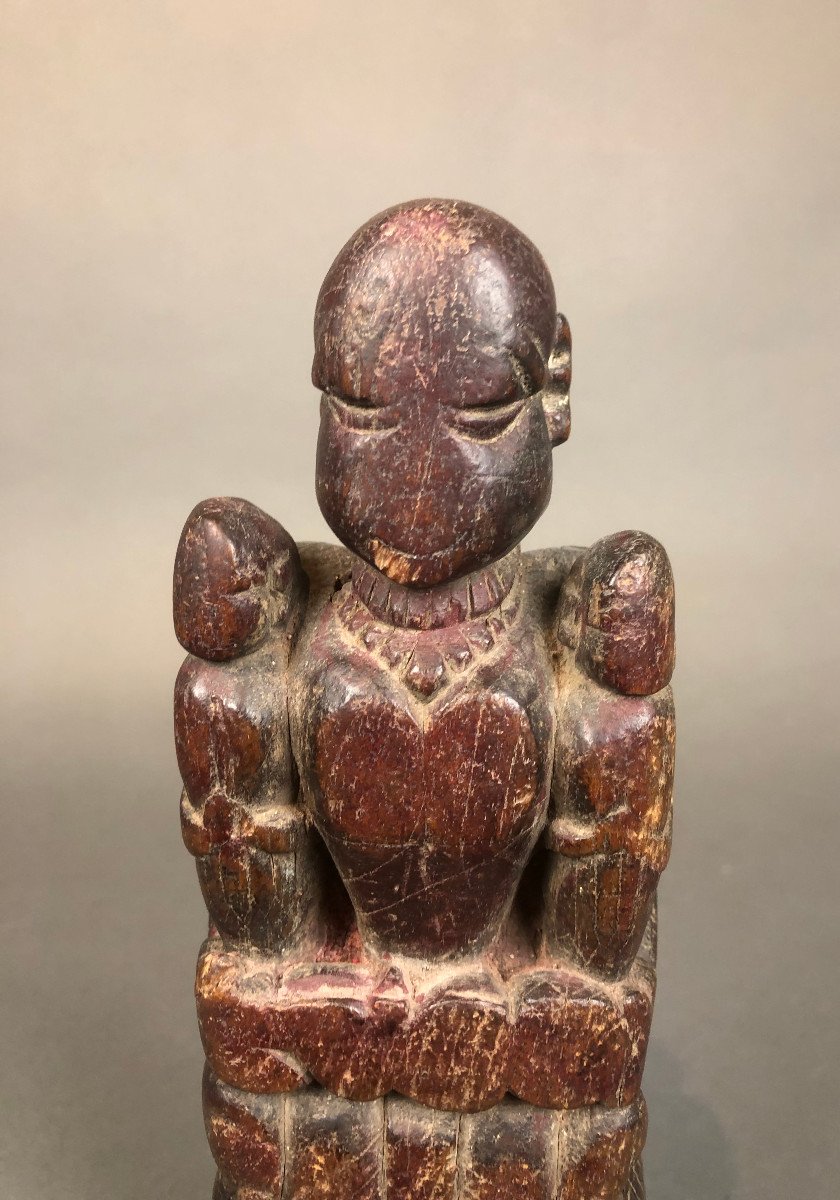
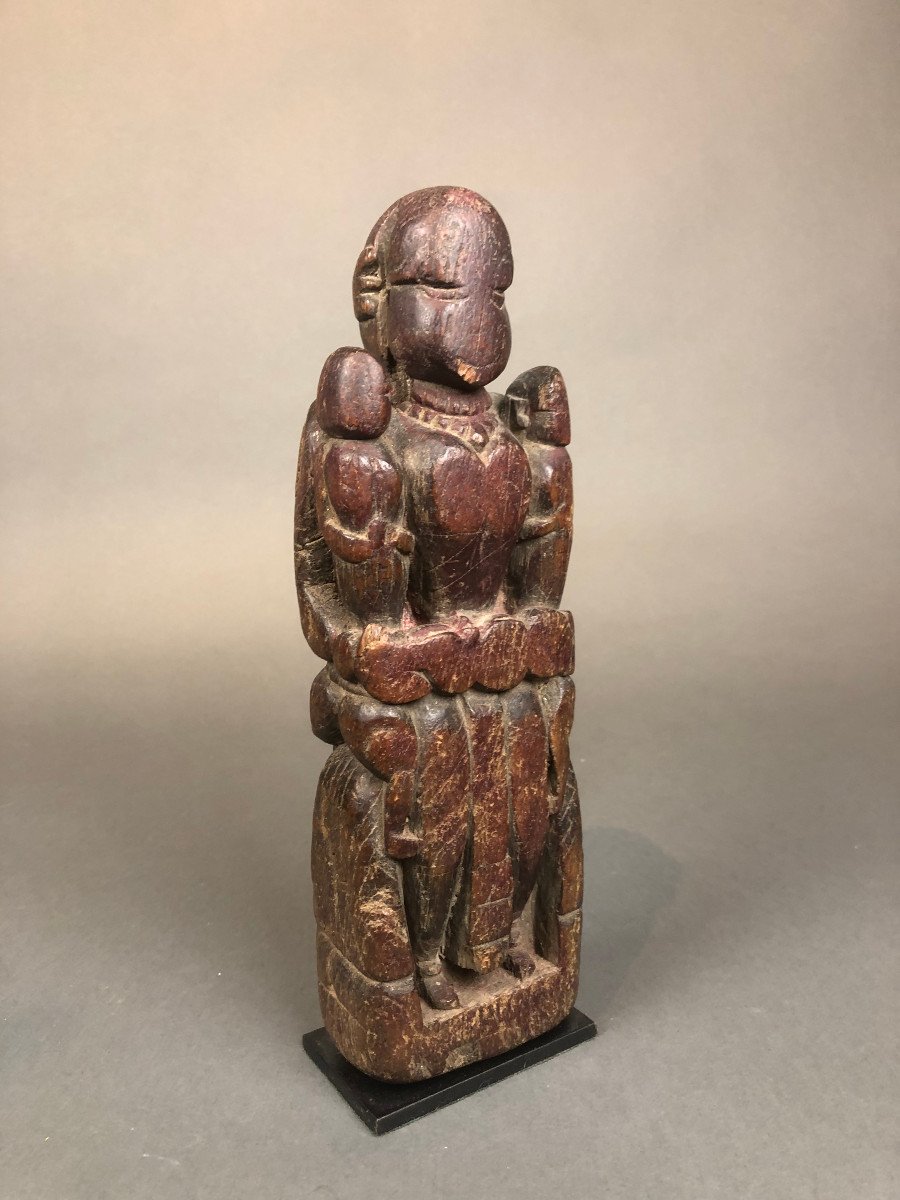
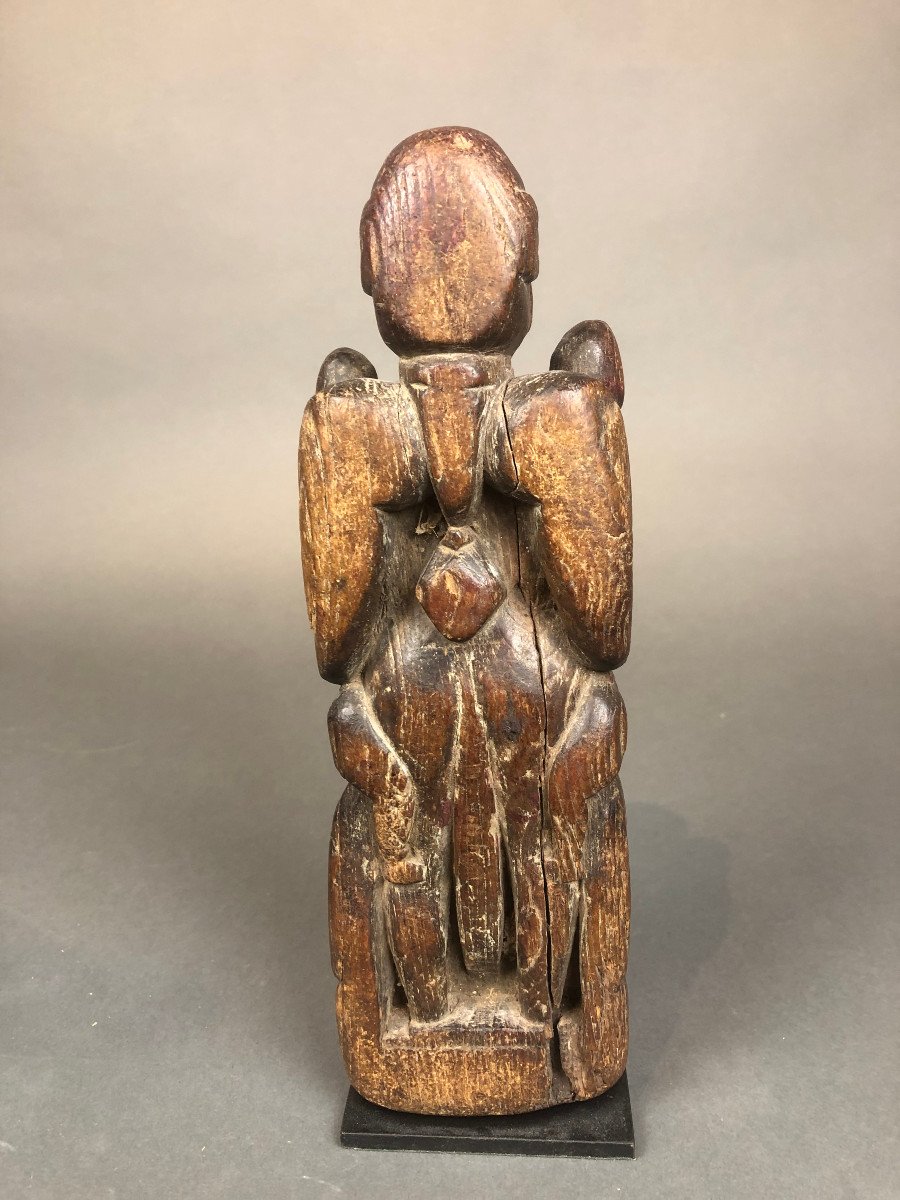
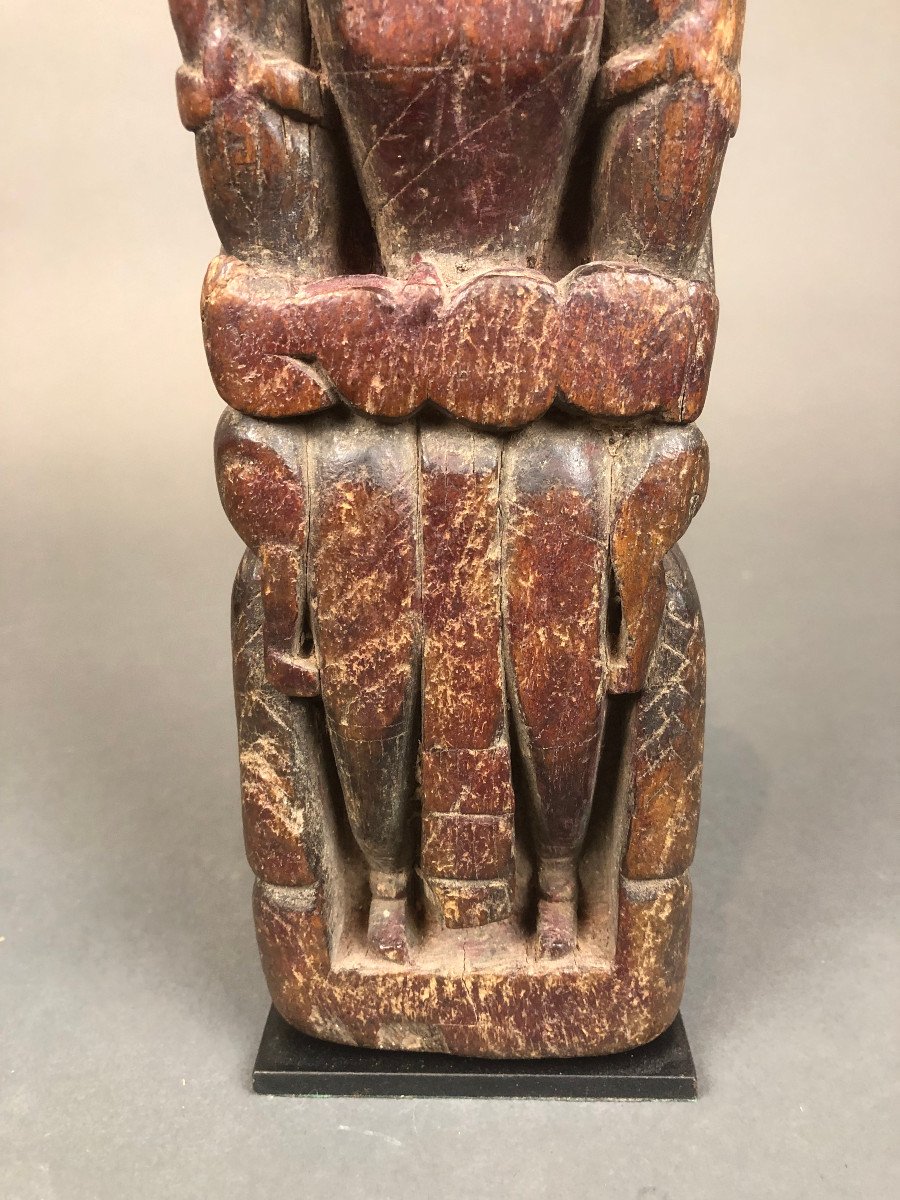
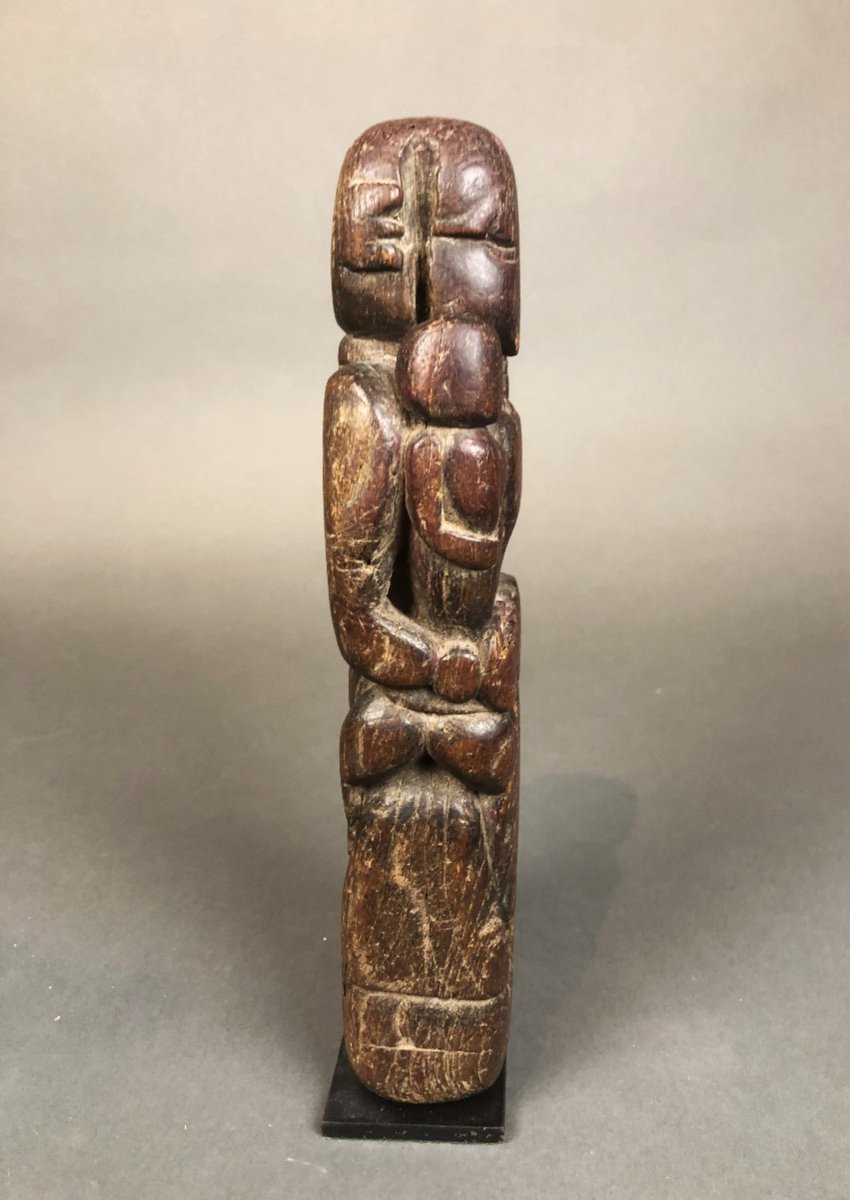
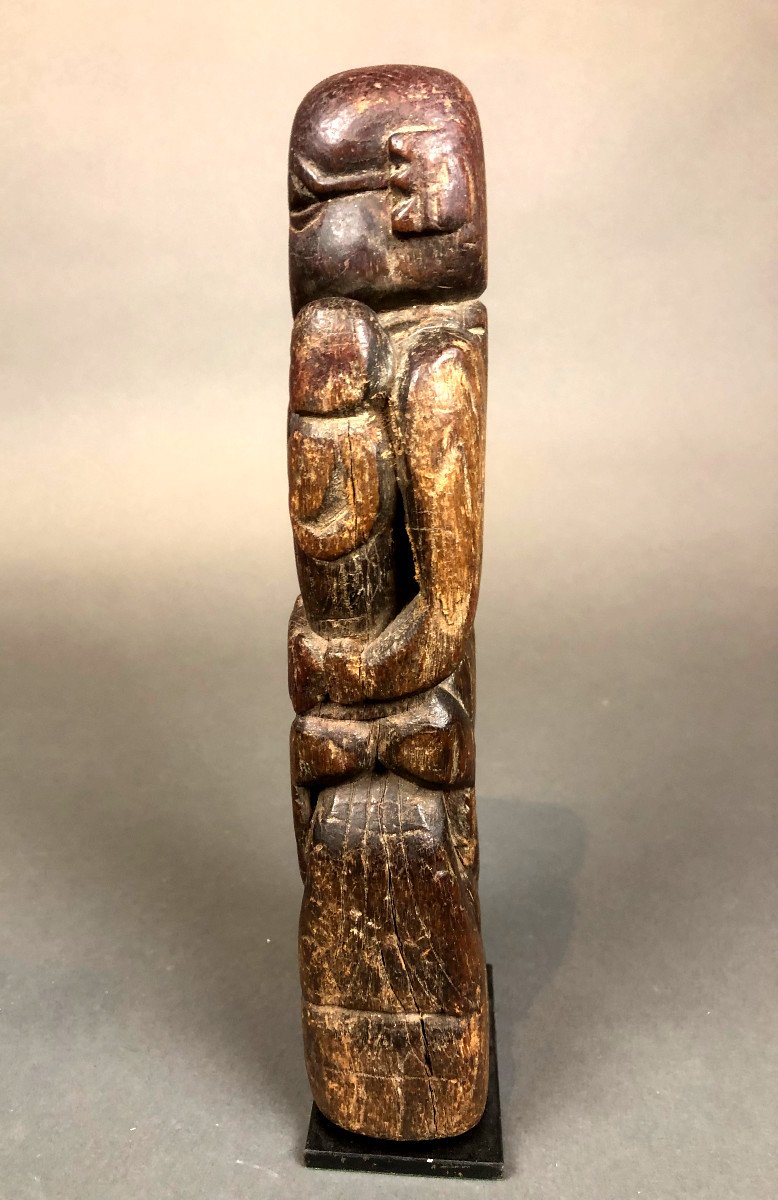
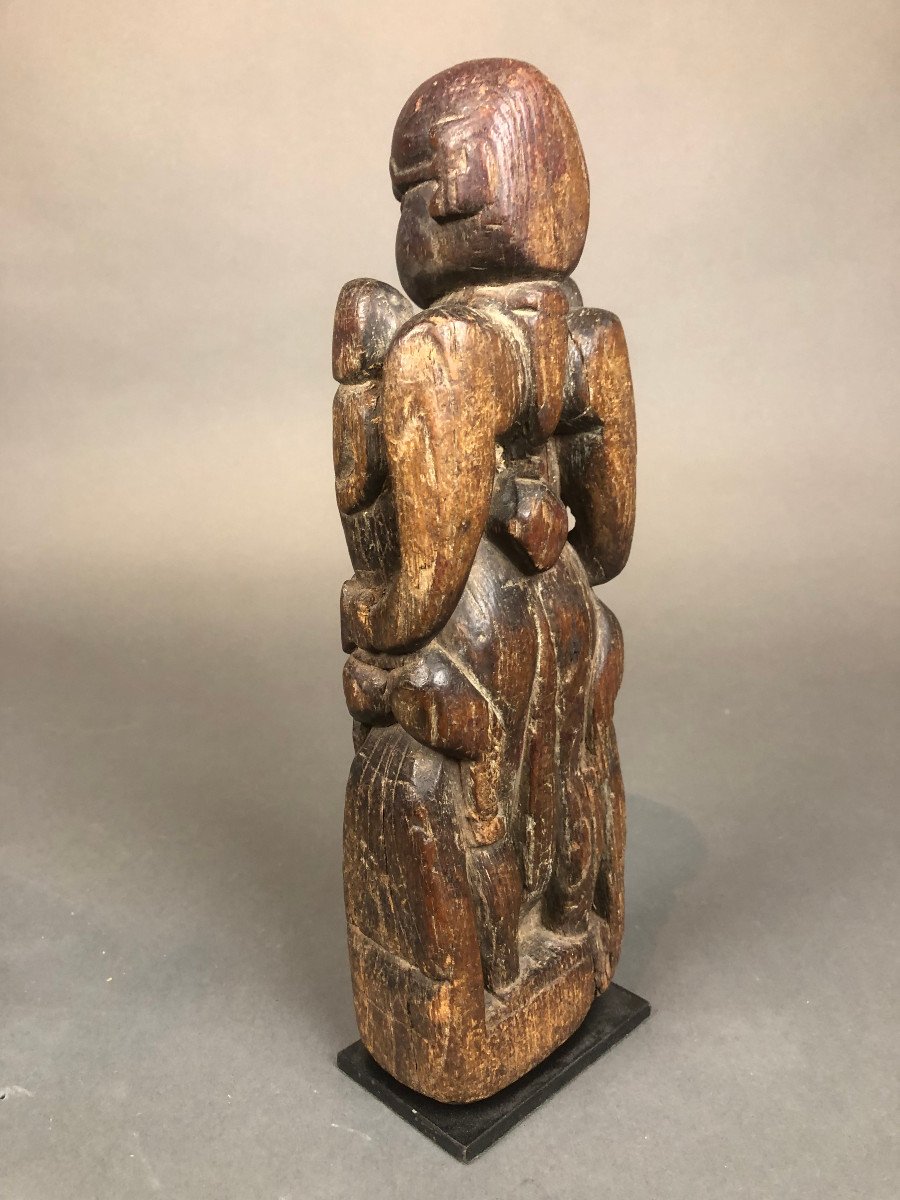
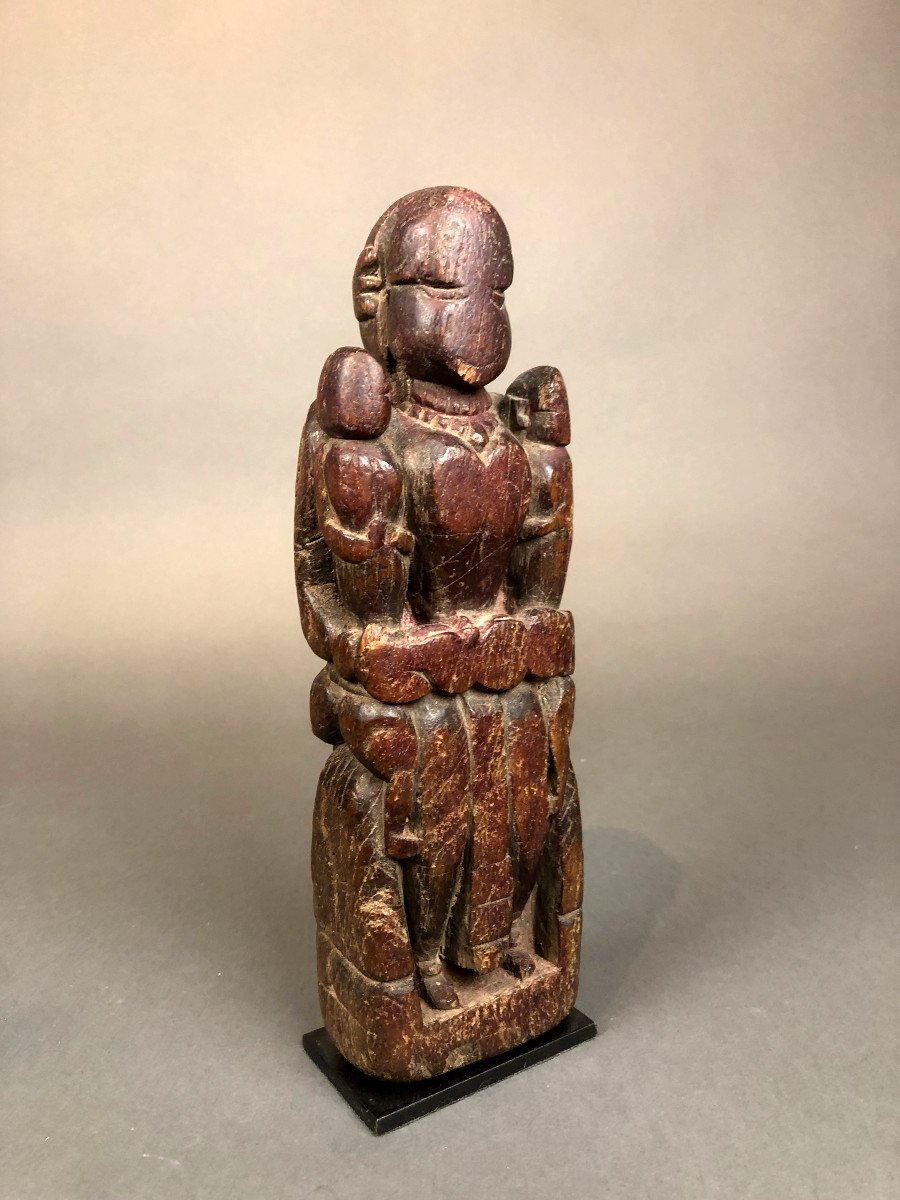
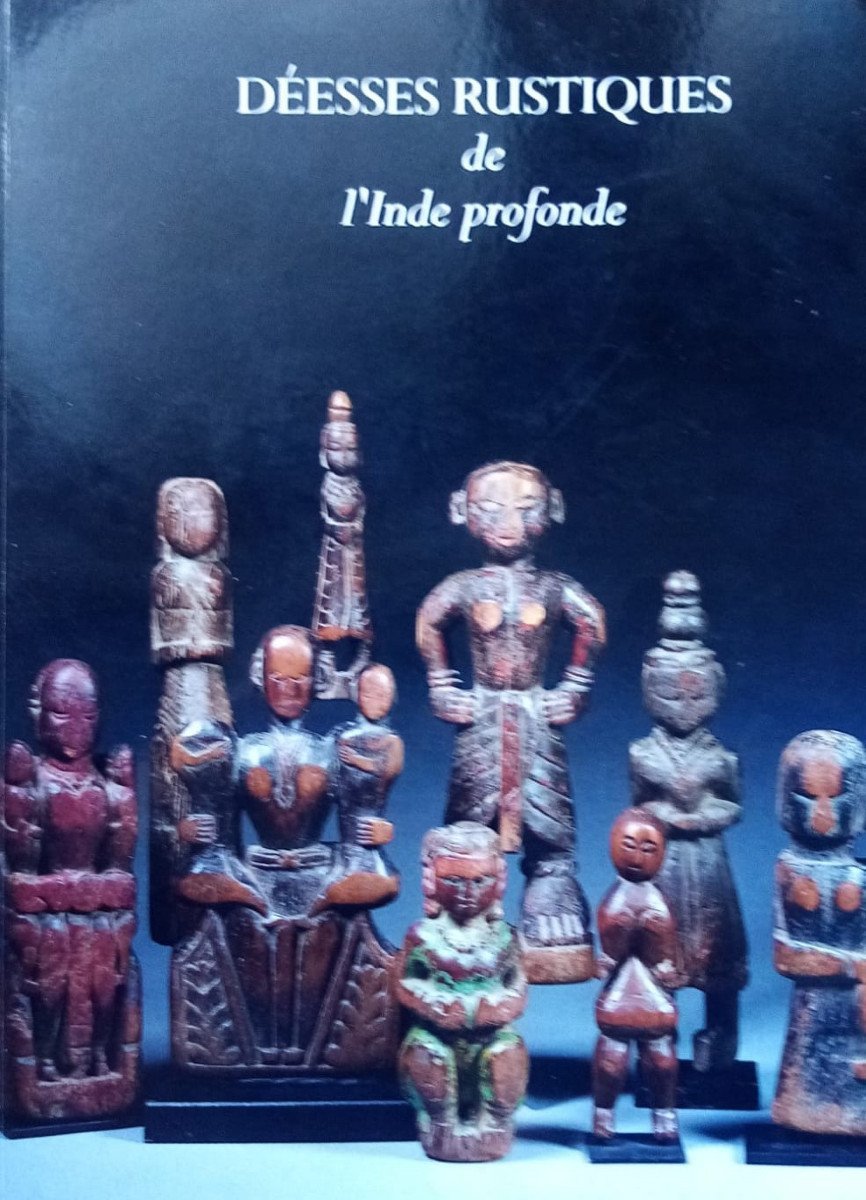











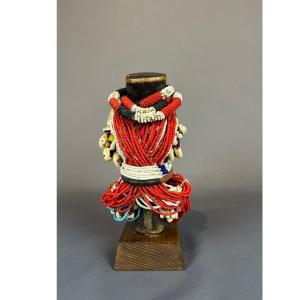



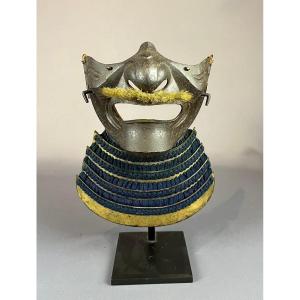




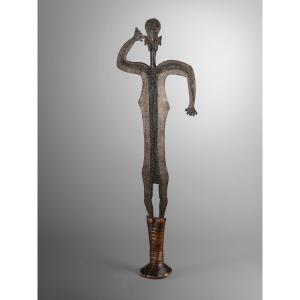
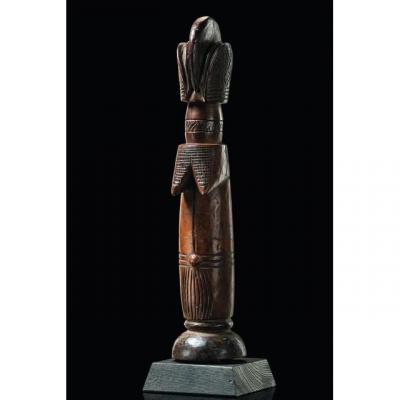





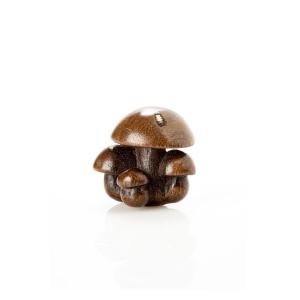
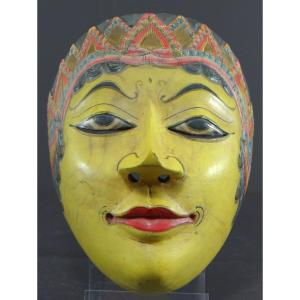

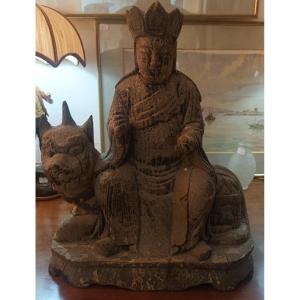



 Le Magazine de PROANTIC
Le Magazine de PROANTIC TRÉSORS Magazine
TRÉSORS Magazine Rivista Artiquariato
Rivista Artiquariato